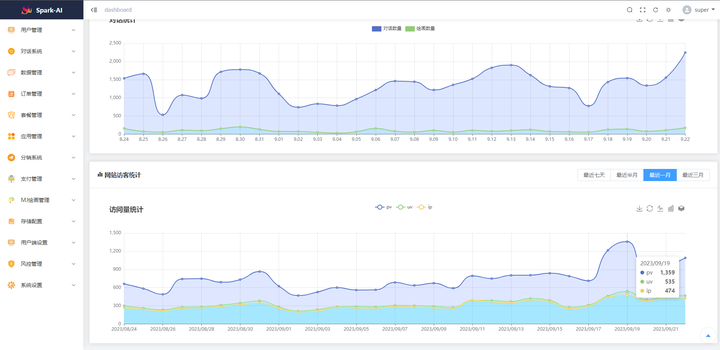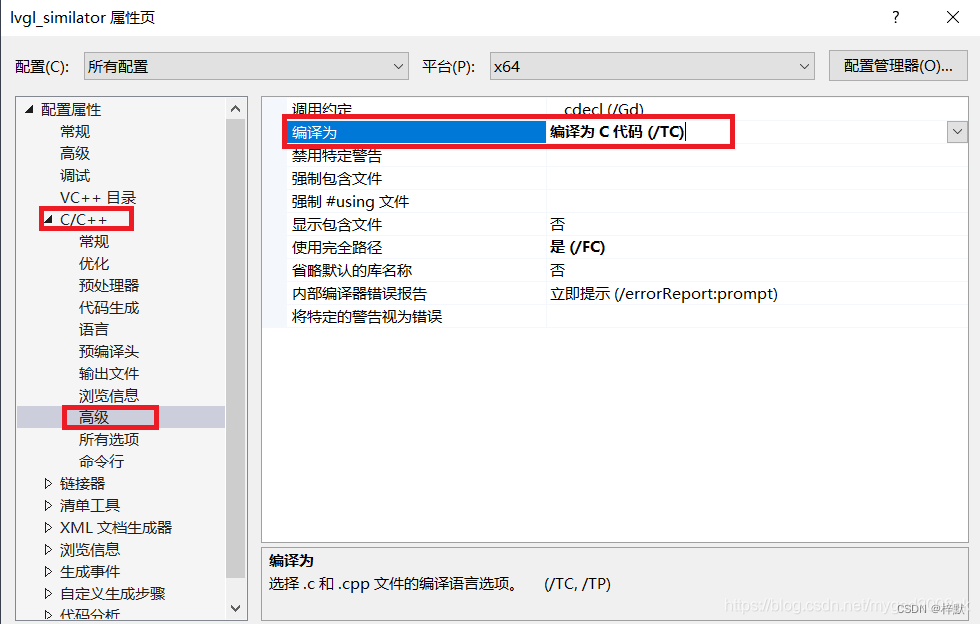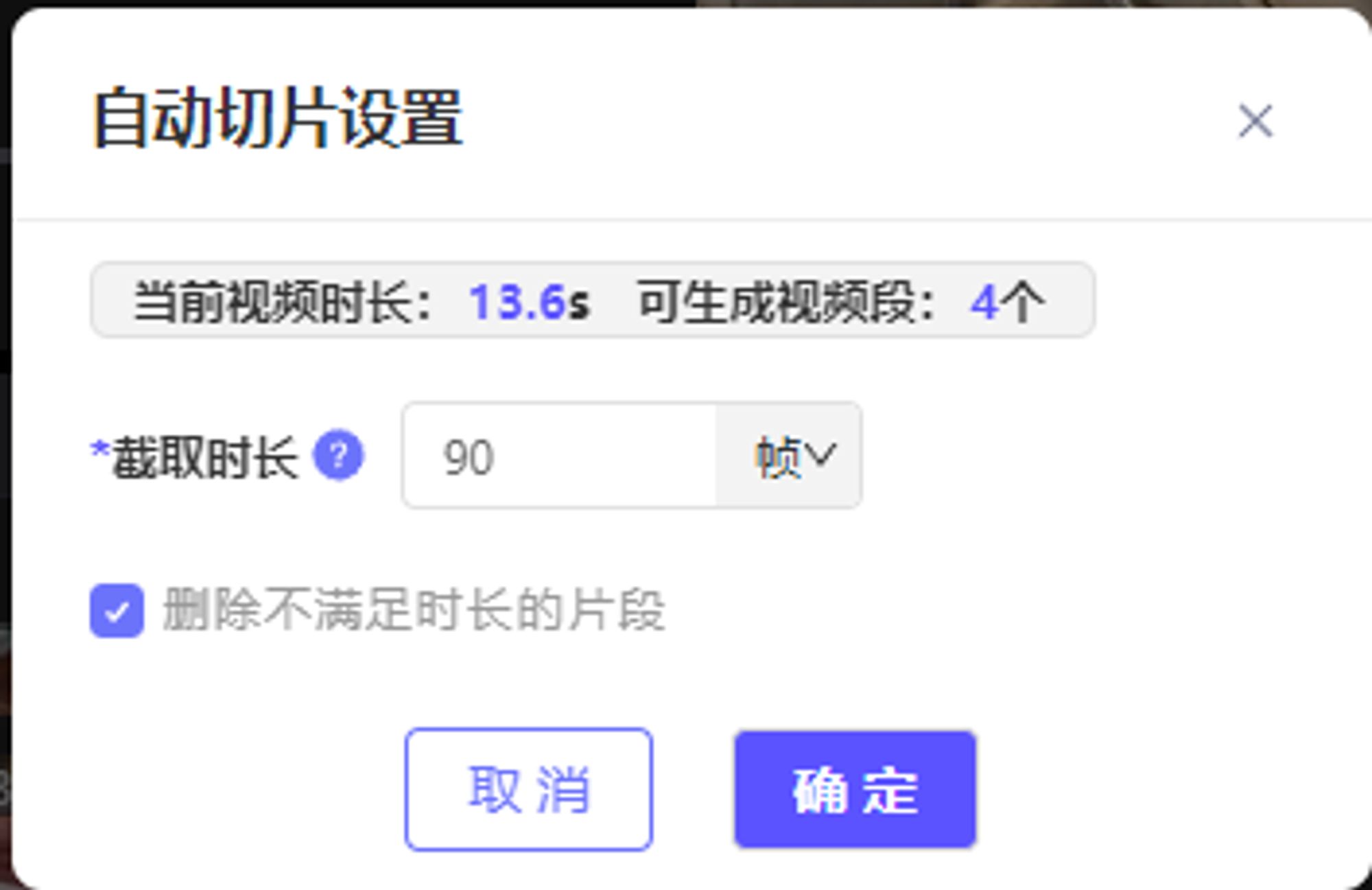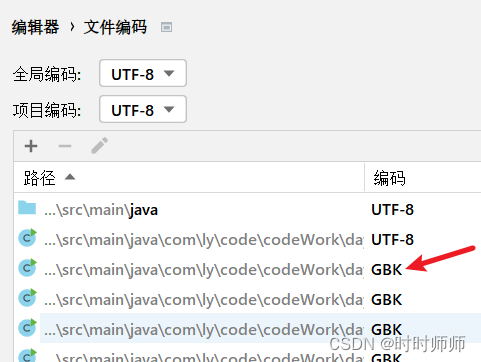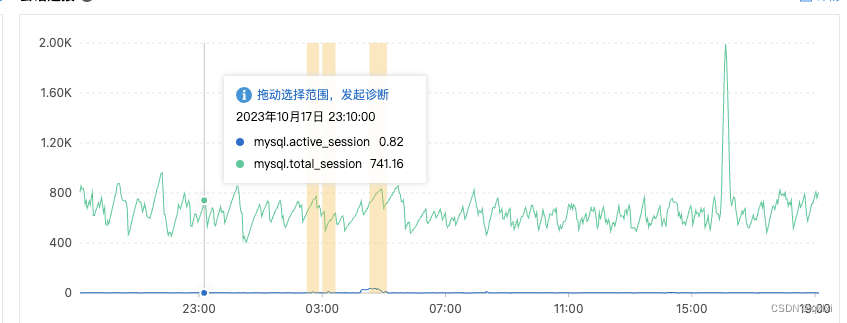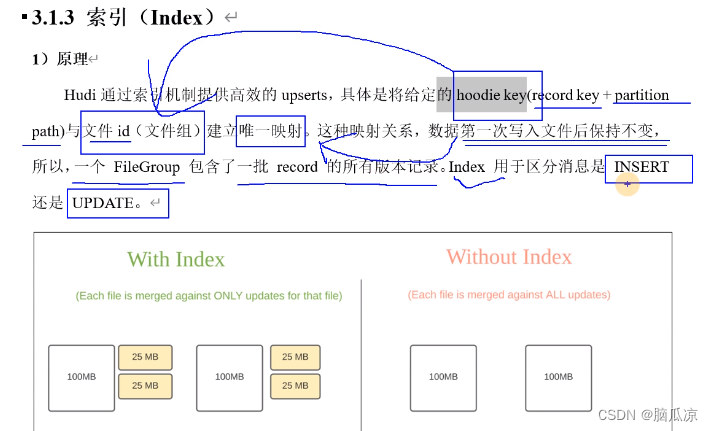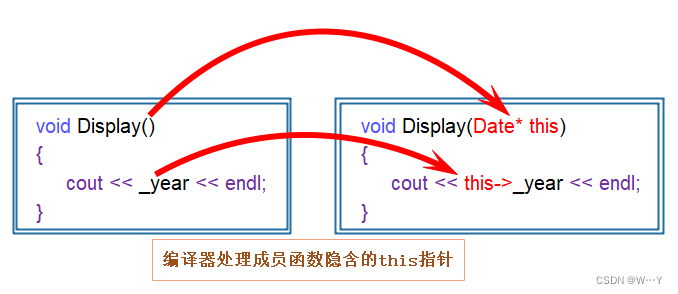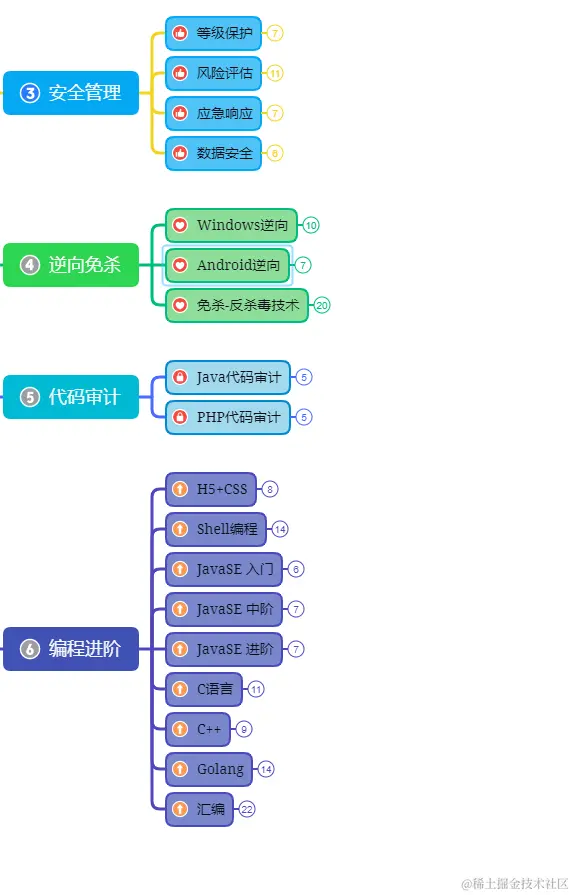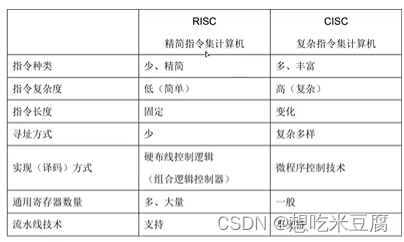一、受控组件
受控组件,简单来讲,就是受我们控制的组件,组件的状态全程响应外部数据
举个简单的例子:
class TestComponent extends React.Component {
constructor (props) {
super(props);
this.state = { username: 'lindaidai' };
}
render () {
return <input name="username" value={this.state.username} />
}
}
这时候当我们在输入框输入内容的时候,会发现输入的内容并无法显示出来,也就是input标签是一个可读的状态
这是因为value被this.state.username所控制住。当用户输入新的内容时,this.state.username并不会自动更新,这样的话input内的内容也就不会变了
如果想要解除被控制,可以为input标签设置onChange事件,输入的时候触发事件函数,在函数内部实现state的更新,从而导致input框的内容页发现改变
因此,受控组件我们一般需要初始状态和一个状态更新事件函数
二、非受控组件
非受控组件,简单来讲,就是不受我们控制的组件
一般情况是在初始化的时候接受外部数据,然后自己在内部存储其自身状态
当需要时,可以使用ref 查询 DOM并查找其当前值,如下:
import React, { Component } from 'react';
export class UnControll extends Component {
constructor (props) {
super(props);
this.inputRef = React.createRef();
}
handleSubmit = (e) => {
console.log('我们可以获得input内的值为', this.inputRef.current.value);
e.preventDefault();
}
render () {
return (
<form onSubmit={e => this.handleSubmit(e)}>
<input defaultValue="lindaidai" ref={this.inputRef} />
<input type="submit" value="提交" />
</form>
)
}
}
三、高阶组件
1、是什么
高阶函数(Higher-order function),至少满足下列一个条件的函数
- 接受一个或多个函数作为输入
- 输出一个函数
在React中,高阶组件即接受一个或多个组件作为参数并且返回一个组件,本质也就是一个函数,并不是一个组件
const EnhancedComponent = highOrderComponent(WrappedComponent);
上述代码中,该函数接受一个组件WrappedComponent作为参数,返回加工过的新组件EnhancedComponent
高阶组件的这种实现方式,本质上是一个装饰者设计模式
2、如何编写
最基本的高阶组件的编写模板如下:
import React, { Component } from 'react';
export default (WrappedComponent) => {
return class EnhancedComponent extends Component {
// do something
render() {
return <WrappedComponent />;
}
}
}
通过对传入的原始组件 WrappedComponent 做一些你想要的操作(比如操作 props,提取 state,给原始组件包裹其他元素等),从而加工出想要的组件 EnhancedComponent
把通用的逻辑放在高阶组件中,对组件实现一致的处理,从而实现代码的复用
所以,高阶组件的主要功能是封装并分离组件的通用逻辑,让通用逻辑在组件间更好地被复用
但在使用高阶组件的同时,一般遵循一些约定,如下:
- props 保持一致
- 你不能在函数式(无状态)组件上使用 ref 属性,因为它没有实例
- 不要以任何方式改变原始组件 WrappedComponent
- 透传不相关 props 属性给被包裹的组件 WrappedComponent
- 不要再 render() 方法中使用高阶组件
- 使用 compose 组合高阶组件
- 包装显示名字以便于调试
这里需要注意的是,高阶组件可以传递所有的props,但是不能传递ref
如果向一个高阶组件添加refe引用,那么ref 指向的是最外层容器组件实例的,而不是被包裹的组件,如果需要传递refs的话,则使用React.forwardRef,如下:
function withLogging(WrappedComponent) {
class Enhance extends WrappedComponent {
componentWillReceiveProps() {
console.log('Current props', this.props);
console.log('Next props', nextProps);
}
render() {
const {forwardedRef, ...rest} = this.props;
// 把 forwardedRef 赋值给 ref
return <WrappedComponent {...rest} ref={forwardedRef} />;
}
};
// React.forwardRef 方法会传入 props 和 ref 两个参数给其回调函数
// 所以这边的 ref 是由 React.forwardRef 提供的
function forwardRef(props, ref) {
return <Enhance {...props} forwardRef={ref} />
}
return React.forwardRef(forwardRef);
}
const EnhancedComponent = withLogging(SomeComponent);四、应用场景
1、受控组件与非受控组件
大部分时候推荐使用受控组件来实现表单,因为在受控组件中,表单数据由React组件负责处理
如果选择非受控组件的话,控制能力较弱,表单数据就由DOM本身处理,但更加方便快捷,代码量少
针对两者的区别,其应用场景如下图所示:
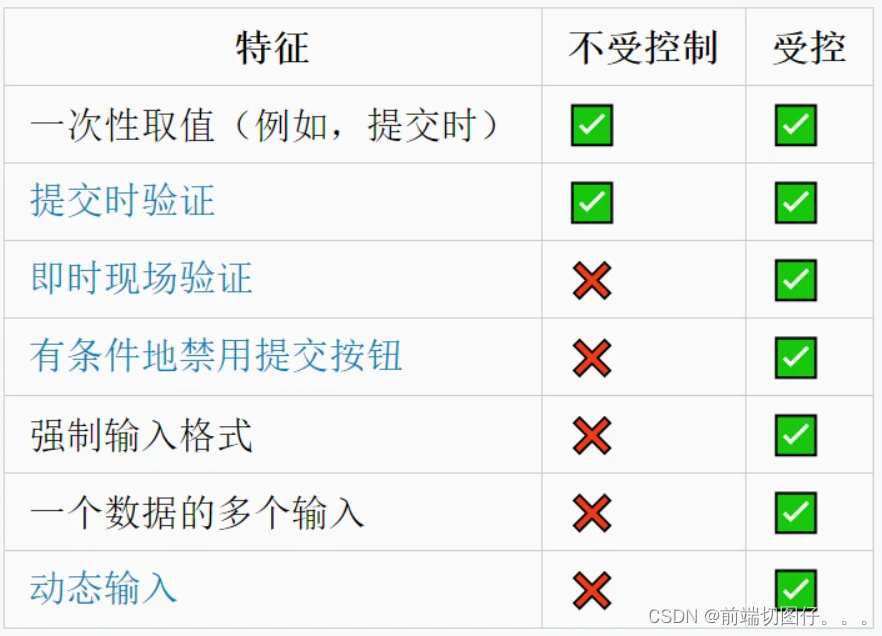
2、高阶组件
通过上面的了解,高阶组件能够提高代码的复用性和灵活性,在实际应用中,常常用于与核心业务无关但又在多个模块使用的功能,如权限控制、日志记录、数据校验、异常处理、统计上报等
举个例子,存在一个组件,需要从缓存中获取数据,然后渲染。一般情况,我们会如下编写:
import React, { Component } from 'react'
class MyComponent extends Component {
componentWillMount() {
let data = localStorage.getItem('data');
this.setState({data});
}
render() {
return <div>{this.state.data}</div>
}
}
上述代码当然可以实现该功能,但是如果还有其他组件也有类似功能的时候,每个组件都需要重复写componentWillMount中的代码,这明显是冗杂的
下面就可以通过高价组件来进行改写,如下:
import React, { Component } from 'react'
function withPersistentData(WrappedComponent) {
return class extends Component {
componentWillMount() {
let data = localStorage.getItem('data');
this.setState({data});
}
render() {
// 通过{...this.props} 把传递给当前组件的属性继续传递给被包装的组件WrappedComponent
return <WrappedComponent data={this.state.data} {...this.props} />
}
}
}
class MyComponent2 extends Component {
render() {
return <div>{this.props.data}</div>
}
}
const MyComponentWithPersistentData = withPersistentData(MyComponent2)
再比如组件渲染性能监控,如下:
class Home extends React.Component {
render() {
return (<h1>Hello World.</h1>);
}
}
function withTiming(WrappedComponent) {
return class extends WrappedComponent {
constructor(props) {
super(props);
this.start = 0;
this.end = 0;
}
componentWillMount() {
super.componentWillMount && super.componentWillMount();
this.start = Date.now();
}
componentDidMount() {
super.componentDidMount && super.componentDidMount();
this.end = Date.now();
console.log(`${WrappedComponent.name} 组件渲染时间为 ${this.end - this.start} ms`);
}
render() {
return super.render();
}
};
}
export default withTiming(Home);